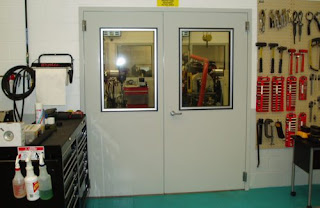Rubber isolation mounts assist to reduce depreciation of moving components
Rubber isolation mounts are particularly designed as a way to reduce noise created through vibrational movement caused by engines, electric motors and other mechanical devices. The vibrations generally generate considerable noise pollution and eat up energy in the process. When the vibration is not stopped, it can create substantial damage to the equipment and the substrate below. For vehicle and industrial use, isolation mounts are important for maintaining the moving components efficiently.
Imbalanced moving components
When rotating parts become imbalanced or create friction, they automatically generate vibration. As an effective tool to lessen the tremendous vibration and noise pollution, these mounts are installed. The shape and size of the particular mount is generally customized to meet a particular requirement and built from different materials, including rubber. You may also use a sound absorption system.
Reduces depreciation
When used properly, a vibration mount can assist to lessen much of the impacted depreciation of the machine, and eventually lessen or eradicate the friction caused by moving components. Frequently, high levels of friction may cause substantial, and sometimes permanent damage to the components of the machine, and over time, lessens its durability. You may also use a sound chamber.
With the capability to absorb, block vibration and isolate the noise, the mounts can rapidly dispel energy, control shock and noise through an air conditioner sound blanket. Isolation mounts assist to eliminate noise caused by moving components that are computer related, mechanical, nautical, and aeronautical, business machines and others. Based on this use, and the amount of weight it will carry, every particular type of isolation mount is designed to manage accurate friction and loads. The thicker the material is, the better is its capacity to dampen vibration and noise. In a nutshell, thicker rubber provides better noise and isolation control.




Comments
Post a Comment